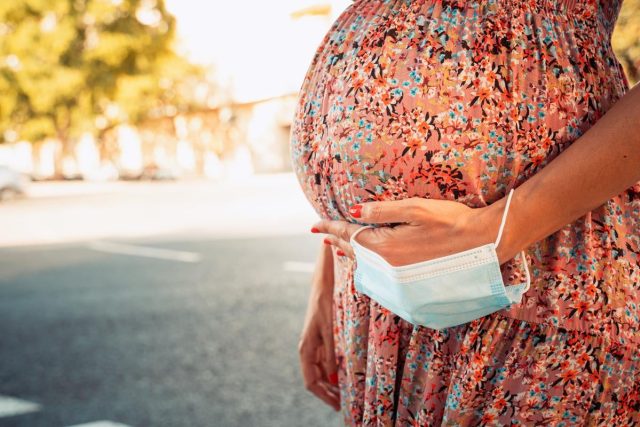Socioeconomic status and other environmental exposures modify this association
By Lori Solomon HealthDay Reporter
TUESDAY, Nov. 26, 2024 (HealthDay News) — Exposures to fine particulate matter (PM2.5) and specific PM2.5 constituents during pregnancy is associated with increased odds of spontaneous preterm birth (sPTB), according to a study published online Nov. 13 in JAMA Network Open.
Anqi Jiao, from the University of California Irvine, and colleagues examined whether exposure to PM2.5 and its constituents are associated with sPTB. The analysis included 409,037 births in Southern California (2008 to 2018).
The researchers found positive associations of PM2.5, black carbon, nitrate, and sulfate with sPTB. Per interquartile range increase, odds of sPTB were 15 percent higher for PM2.5, 15 percent higher for black carbon, 9 percent higher for nitrate, and 6 percent higher for sulfate during the entire pregnancy. The most susceptible window was exposure during the second trimester. Among individuals with lower educational attainment, risk was even higher. Additionally, environmental exposures increased risk (e.g., those who were exposed to limited green space, more wildfire smoke, or extreme heat).
“Though the causes of spontaneous preterm birth are complex and not fully understood, our study identifies air pollution as a contributing factor, highlighting the need for targeted interventions,” coauthor Jun Wu, Ph.D., also from the University of California Irvine, said in a statement.
Two authors disclosed ties to Pfizer, Dynavax Technologies, and/or Hologic.
Copyright © 2024 HealthDay. All rights reserved.



















